Almost all plants in the tundra are low-growing: the closer to the ground, the warmer, the less wind and the easier it is to "pump" nutrients from the roots to the top. .
Many have small leaves, dense pubescence or a waxy coating that protect against frost and moisture evaporation. The thickness of the permafrost is measured in hundreds of meters, and with the arrival of warmth, only the top layer of soil thaws, so the roots of plants in the tundra are shallow, but widely branched.
Camphenicolous 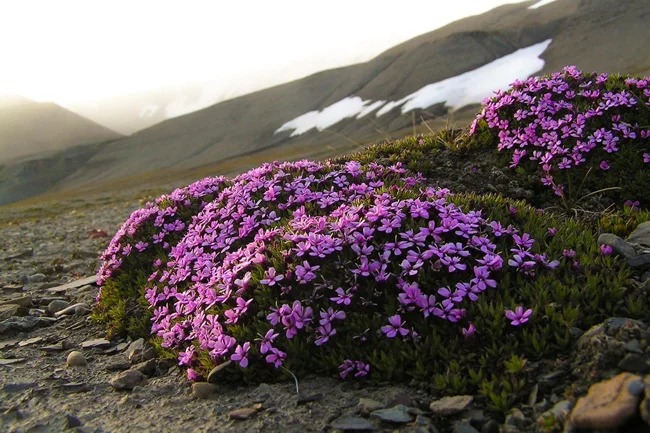
The plant looks like a green-pink cushion. In fact, it is a flower with tightly intertwined shoots. This shape helps the plant not to freeze in the tundra: it is always warmer inside than outside, and the cushion is almost not blown by the wind. Pillows grow on rocky slopes, in crevices and serve as platforms for mosses and other plant species
Mosses and lichens 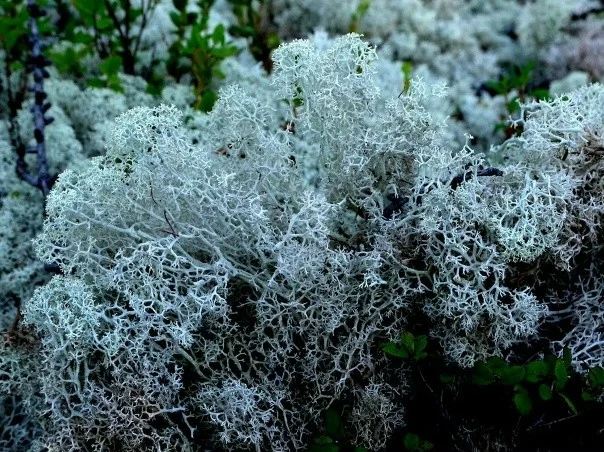
Where nothing seems to grow, they grow. Mosses and lichens cover rocks, soil, and tundra bogs. They have no roots: they absorb water and nutrients with their entire surface, like a sponge, and retain heat. When the tundra is covered with snow, they dry out, and with the first warmth they come to life. Lichen is a union of fungus and algae. The fungus creates a "greenhouse": it forms the body of the lichen, protects the alga from temperature changes and supplies water with dissolved substances. In response, the alga produces carbohydrates, which the fungus feeds on. The most famous lichen of the tundra zone is lichen, a delicacy for reindeer: it grows 1-3 millimeters per year.
Polar willow 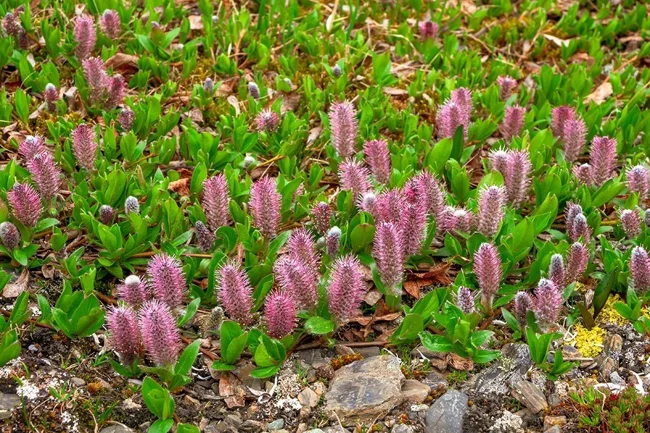
One of the smallest trees in the world: the height of the plant is only 5-15 centimeters. Branches, leaves, fluffy catkins in the spring - everything is like a real willow, only in miniature. Due to the fact that this species spreads along the ground, like the dwarf birch, the tundra is covered with a green carpet when the weather gets warmer. Geese, hares, lemmings, deer and other animals of the tundra zone eat willow. Residents of Yakutia make traditional tea from it: its leaves are rich in vitamin C, and the bark contains a natural analgesic.
Dwarf birch 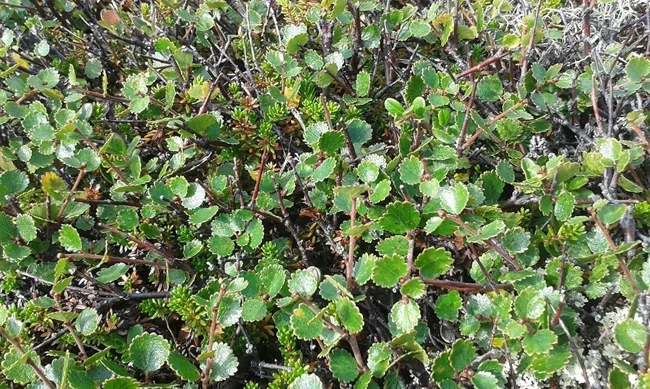
This plant is a miniature species of birch: a shrub 20-70 centimeters high, spreading along the ground. Its dense thickets are called yernik. The dwarf birch feeds reindeer, elk, partridges and other tundra animals, and helps people keep warm if there is no other fuel for a fire nearby. The main secrets of the birch are flexible shoots, a shallow and spreading root system. Its leaves are small, rounded, often with a waxy coating - such protection helps save moisture and not freeze in the tundra. Young shoots are covered with microscopic hairs that work as insulation.
Saxifrage opposite-leaved 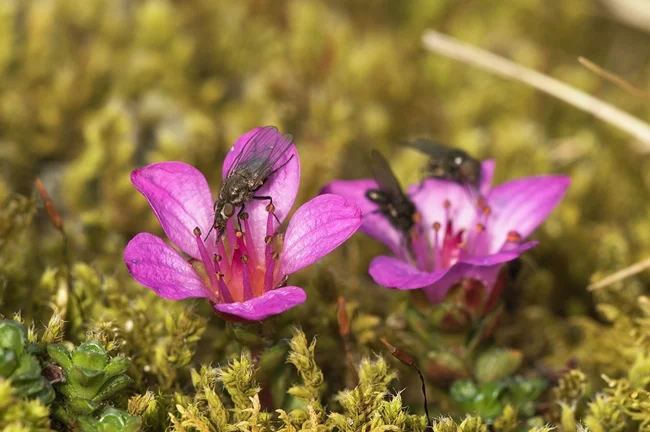
Saxifrage got its name for its ability to grow out of crevices in rocks. Its roots penetrate into the smallest cracks and eventually destroy rocks, preparing the soil for other plants. For this reason, it was called rupture grass. The tundra taught the plant cells to keep water in a liquid state even at sub-zero temperatures, and special proteins to block the growth of ice crystals. This is how the quarry adapted to a long winter and frosts. It blooms as soon as the tundra is freed from snow, in order to “accumulate” as much light as possible during the warm season.
Lapland poppy 
A delicate yellow flower - like the sun among the stones. This poppy is one of the northernmost in the world: the plant is found even on the peaks of the Khibiny. Small stature, dense pubescence - these adaptations help to retain maximum heat in harsh conditions. The flower turns to the sun, like an antenna. Inside its inflorescence is always a little warmer than outside - bright petals help to collect maximum light in the Arctic zone, concentrating the rays.
Add your comment
You might be interested in:
























